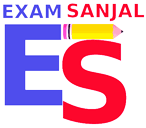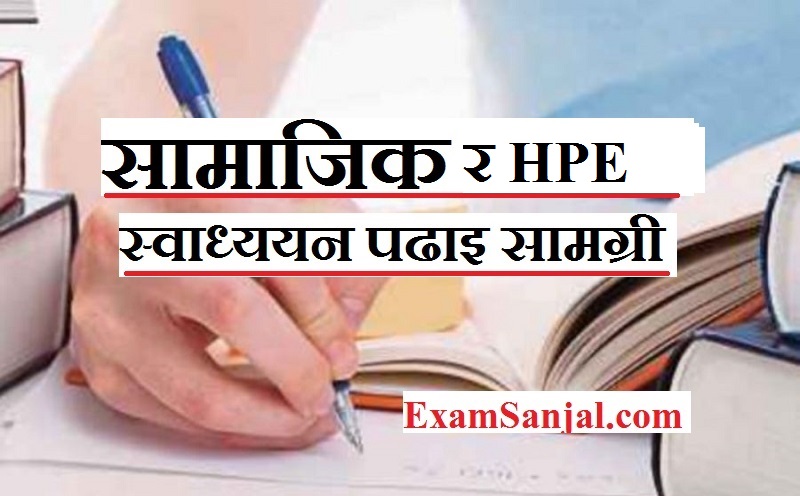Online Learning materials for SEE Exam and Self Learning Materials for Social Studies and Health, Population & Physical Education. SEE Online Education Learning.
All the Self Learning Materials of SEE exam Social Studies and Health, Population & Physical Education.
=> View SEE Optional First & Second Subject Model Questions Paper SEE
For All SEE Exam 2076 Model Questions with Answers of All Subjects please Click Below Link:
- For Compulsory Mathematics SEE Model Questions Practice Sets
- For Social Studies SEE Model Questions Practice Sets Click Here
- For Compulsory English Model Questions Practice, Sets Click Here
- For Science Subjects Model Questions Practice Sets Click Here
- For Comp Nepali Subjects Practice Sets Model Questions Click Here
- For Opt I Mathematics Model Questions with Practice Sets Click Here
- For Opt I Economics Model Questions with Practice SETs Click Here
- For Opt II Computer Science Model Questions With Practice Sets Click Here
- Mathematics Maths Self Learning Materials for Open Learning Click Here
- English & Grammer Tips Self Learning Education Materials Click Here
- Self Learning Materials Online Learning SEE SLC Science Click Here
- For Nepali subjects, Self Learning Online Materials Click Here
- Maths Formula, Basic Maths Formula Equation Click Here
- Writing Skills of SEE Model Questions Social subjects Click Here
- SEE Online Education Learning materials Social & HPE Click Here
Instructional materials in distance mode will help a teacher in planning daily lessons and also arrange more meaningful learning activities in the classroom. The proposed unit is intended to provide supplementary learning of various aspects for secondary level pupils.
Hence a self-learning unit in print developed and finalized after a pre-testing. The estimation of the percentage of achievement of pupils of the experimental and control group in the achievement test was the main criterion for the validation of the material. Estimation of standard error committed also was used as a measure to validate the material. The higher percentage of achievement by pupils of the experimental group in the achievement test is an indication of the effectiveness of the material. Such a higher percentage of achievement occurs only by effective instruction. The percentage of achievement of the control group is comparatively very low, which signifies the need for supplementary instruction.

